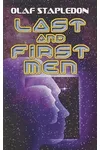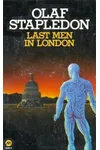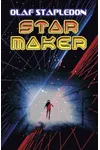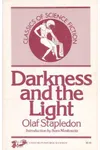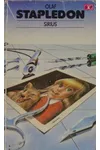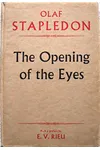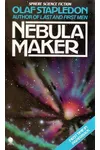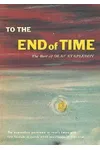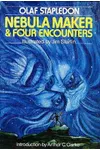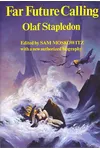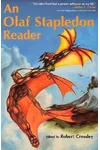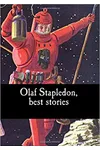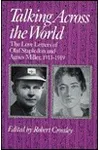Picture a British philosopher who spun tales of humanity’s destiny across billions of years—meet Olaf Stapledon! This visionary science fiction author redefined the genre with cosmic narratives that blend mind-bending speculation with deep philosophical questions. From his groundbreaking Last and First Men to the awe-inspiring Star Maker, Stapledon’s stories invite us to ponder our place in the vast universe.
Born in 1886, Stapledon wasn’t just a writer; he was a thinker whose imagination stretched across galaxies and eons. His unique ability to weave scientific ideas with spiritual and ethical inquiries earned him a spot in the Science Fiction and Fantasy Hall of Fame. Ready to explore the universe through his eyes? Let’s dive into his extraordinary life and legacy!
The Making of Olaf Stapledon
Olaf Stapledon was born on May 10, 1886, in Seacombe, Wallasey, on England’s Wirral Peninsula. His early years were spent in Port Said, Egypt, where his father worked in shipping, giving young Olaf a glimpse of a wider world. Educated at Abbotsholme School and Balliol College, Oxford, he earned a degree in Modern History before dabbling in teaching and shipping. But it was his PhD in philosophy from the University of Liverpool that shaped his cosmic perspective. A conscientious objector during World War I, Stapledon served with a Friends’ ambulance unit, earning the Croix de Guerre for his bravery. This blend of scholarly rigor and humanitarian spirit fueled his later writing.
Olaf Stapledon’s Unforgettable Stories
Stapledon’s fiction is unlike anything else in science fiction, characterized by its epic scope and philosophical depth. His debut novel, Last and First Men (1930), traces the evolution of humanity through 18 distinct species over two billion years. Narrated by one of the “Last Men,” it’s a dazzling exploration of rise, fall, and transformation, packed with prescient ideas like genetic engineering and terraforming. Arthur C. Clarke called it a life-changing read, and it’s easy to see why!
In Star Maker (1937), Stapledon outdid himself, crafting a history of the entire universe. The narrator, a disembodied consciousness, journeys through galaxies, encountering alien civilizations and merging with a cosmic mind. This poetic masterpiece tackles life, death, and creation itself, inspiring concepts like Dyson spheres. Other notable works include Odd John (1935), about a superhuman mutant, and Sirius (1944), which follows an intelligent dog grappling with human emotions. Stapledon’s style—more meditative than plot-driven—challenges readers to think big.
Why Olaf Stapledon Matters
Stapledon’s influence on science fiction is monumental. Writers like Arthur C. Clarke, Brian Aldiss, and Stanisław Lem drew inspiration from his grand visions, while his ideas shaped works like 2001: A Space Odyssey and Dune. His concept of collective minds and cosmic evolution anticipated modern sci-fi themes like transhumanism and hive minds. Beyond fiction, Stapledon’s philosophy, rooted in Spinoza and a quest for “spiritual values,” resonates with readers seeking meaning in an infinite cosmos. His archive at the University of Liverpool remains a treasure trove for scholars, and his induction into the Science Fiction and Fantasy Hall of Fame in 2014 cements his legacy.
- Born: May 10, 1886, Seacombe, Wallasey, England
- Key Works: Last and First Men, Star Maker, Odd John, Sirius
- Awards: Croix de Guerre (WWI), Science Fiction and Fantasy Hall of Fame (2014)
Ready to lose yourself in a universe of ideas? Grab Star Maker or Last and First Men and embark on Olaf Stapledon’s mind-expanding journey through time and space!
